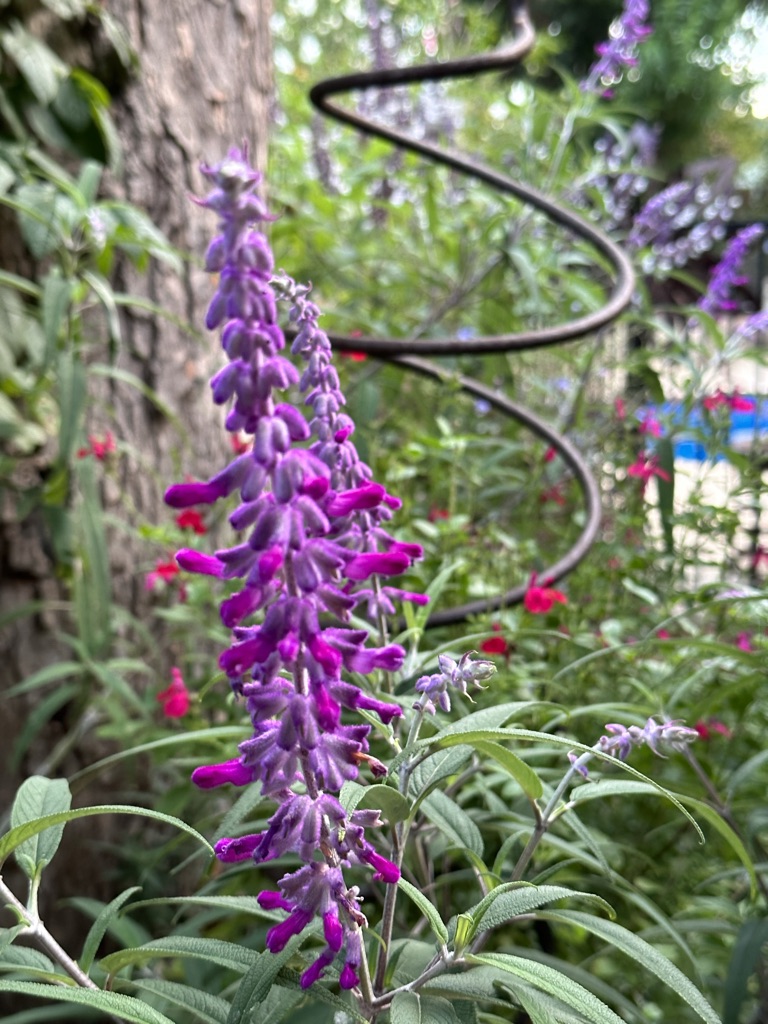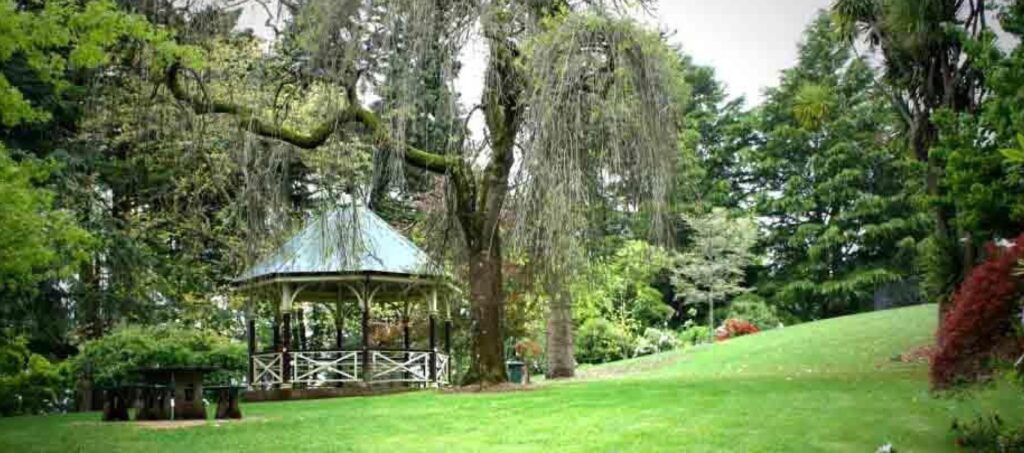According to our Indigenous Noongyar culture, this season is called Bunnuru and it is the hottest time of the year. http://www.bom.gov.au/iwk/nyoongar/bunuru.shtml

During February and March here in Perth it is hot and dry with little to no chance of rain. We did have a short heavy shower last Friday night but that was a bit of a teaser, just like the thunderstorm a couple of weeks ago. In February 2024 so far we have had 0.22mm of rain in Perth, which is about the same as we had last year in 2023.
There are some things that you can do during this time to help your garden thrive and not look dry and crispy, which let’s face it is enough to make even the most positive person feel a little down and sad.
Every year the same conversations are had all over Perth, the week that the kids return to school…”Oh my God, it is so hot!!!” Well, it is and we just have to get used to it, wear fewer clothes, drink more water get a bigger fan, and embrace this lovely warm weather.
Indigenous people used to move towards the coast at this time of the year so that they could be well placed to enjoy what we now call the Fremantle Doctor. https://en.wikipedia.org/wiki/Fremantle_Doctor
The cool sea breeze blows from the Indian Ocean over the city in the afternoon. The afternoons are a great time to get out with the hose and water your garden by hand. I find it very meditative. It is a time when I feel very connected to my garden.
Continue reading “How to Help Your Garden (And You) Survive Bunnuru”




